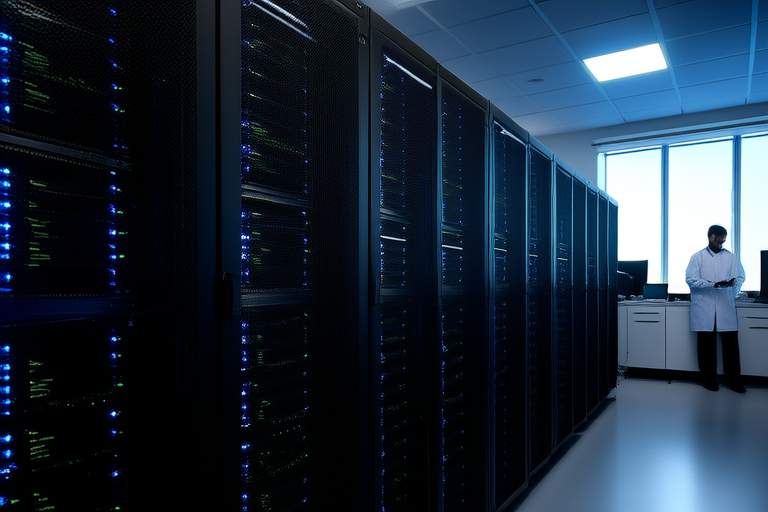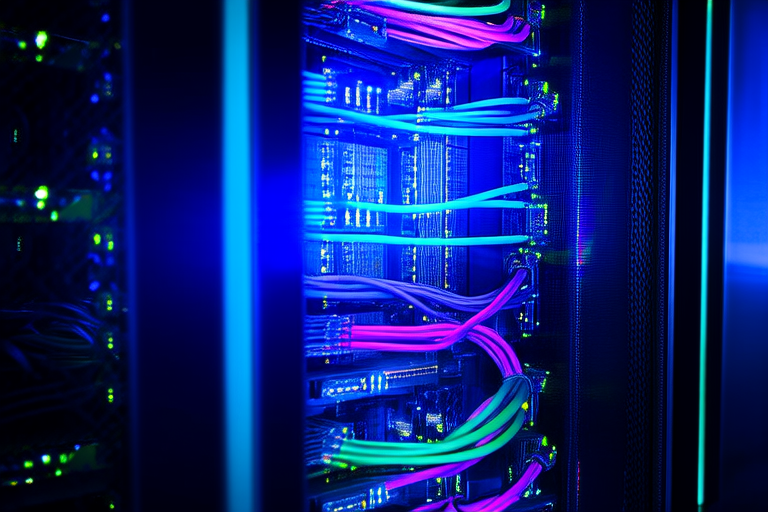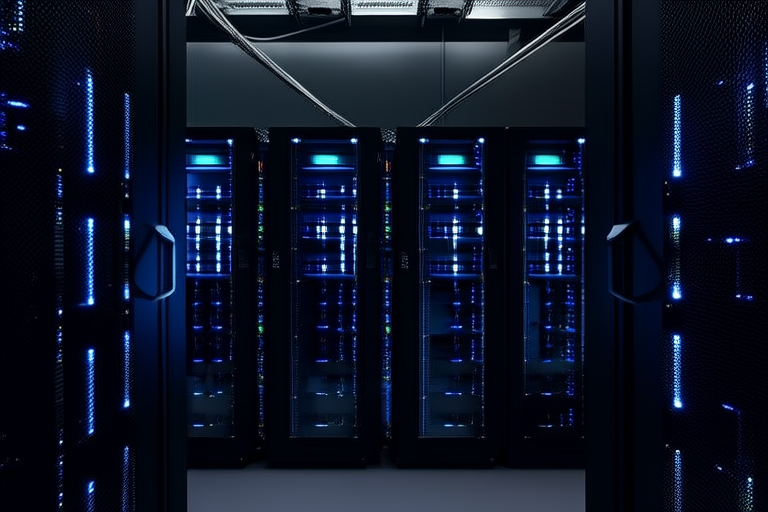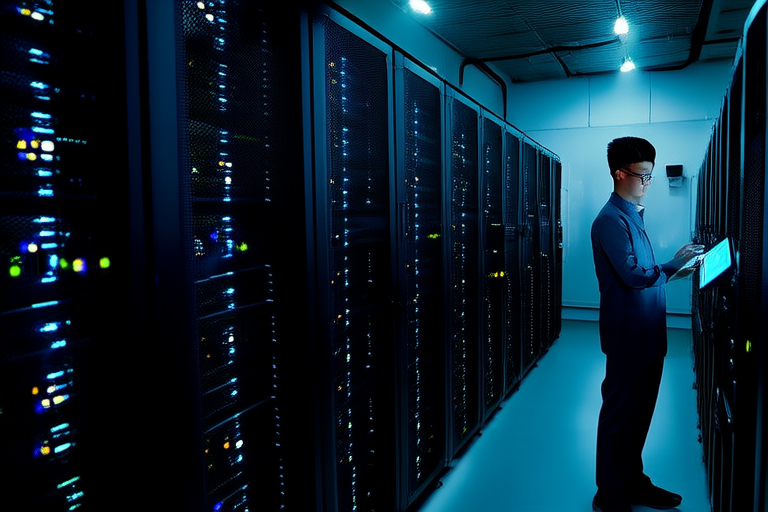Introduction
In today’s rapidly evolving technological landscape, cloud computing and edge computing have emerged as two pillars of modern data processing. Cloud computing provides centralized, scalable resources for storing, managing, and analyzing vast amounts of data. In contrast, edge computing brings computation closer to the source of data generation, enabling faster and more localized processing. While each technology excels in its own domain, their integration creates a powerful synergy that addresses the limitations of both. Together, they are redefining how data is processed, enabling real-time insights, enhanced efficiency, and innovative applications across industries.
Understanding Cloud Computing
Cloud computing refers to the delivery of on-demand computing services over the internet, including storage, processing power, and applications. It has revolutionized the way organizations manage their IT infrastructure by offering scalability, cost-efficiency, and centralized control. Businesses can scale resources up or down based on demand, reducing the need for costly hardware investments. Additionally, cloud platforms provide robust tools for data analytics, machine learning, and collaboration, making them indispensable for modern enterprises.
However, cloud computing is not without its limitations. One significant drawback is latency, as data must travel to centralized data centers for processing, which can delay responses in time-sensitive applications. For instance, autonomous vehicles or industrial machinery requiring real-time decision-making cannot afford the delays inherent in cloud-based processing. Furthermore, transmitting large volumes of data to the cloud can strain bandwidth and increase operational costs, especially in remote or underserved areas.
Exploring Edge Computing
Edge computing addresses many of the challenges posed by cloud computing by decentralizing data processing. Instead of relying solely on distant data centers, edge computing processes data locally, at or near the point of origin. This approach significantly reduces latency, making it ideal for applications that demand immediate responses. By minimizing the distance data must travel, edge computing also enhances bandwidth efficiency, as less information needs to be transmitted to centralized systems.
Another advantage of edge computing is improved privacy and security. Sensitive data can be processed locally, reducing the risk of exposure during transmission. However, edge computing is not without its challenges. Devices operating at the edge often have limited computational power and storage capacity compared to cloud servers. This constraint can restrict the complexity of tasks they can handle independently, necessitating a complementary relationship with cloud systems.
The Synergy Between Cloud and Edge
The integration of cloud and edge computing creates a symbiotic relationship that leverages the strengths of both technologies while mitigating their weaknesses. Cloud computing provides the computational muscle and centralized oversight needed for complex analytics and long-term data storage. Meanwhile, edge computing handles time-critical tasks and filters data locally, sending only relevant information to the cloud for further analysis.
This synergy is particularly evident in IoT ecosystems, where billions of connected devices generate massive amounts of data. Autonomous vehicles, for example, rely on edge computing to process sensor data in real time, ensuring safe navigation. Simultaneously, they transmit key insights to the cloud for deeper analysis, such as traffic pattern recognition or predictive maintenance. Similarly, smart cities use edge devices to monitor utilities, traffic, and public safety in real time, while the cloud aggregates and analyzes this data to optimize urban planning and resource allocation.
Industrial automation is another area where cloud-edge integration shines. Manufacturing facilities employ edge devices to monitor equipment performance and detect anomalies instantly. The cloud then processes this data to identify trends, predict failures, and optimize production workflows. This combination enables businesses to achieve unprecedented levels of operational efficiency and reliability.
Benefits of Integrated Solutions
The collaboration between cloud and edge computing offers numerous advantages that enhance data processing capabilities. One of the most significant benefits is optimized performance. By distributing workloads between the edge and the cloud, organizations can ensure that time-sensitive tasks are handled locally, while resource-intensive computations are offloaded to centralized systems. This division of labor results in faster response times and more efficient use of resources.
Integrated solutions also improve resource allocation. Edge devices can filter and preprocess data, reducing the volume of information sent to the cloud. This not only conserves bandwidth but also lowers operational costs. Additionally, the combination of local and centralized processing enhances data security. Sensitive information can be processed and stored locally, minimizing the risk of breaches during transmission.
Perhaps most importantly, the cloud-edge partnership enables faster decision-making. Real-time insights generated at the edge empower businesses to respond swiftly to changing conditions, whether it’s adjusting production lines, rerouting traffic, or personalizing customer experiences. These capabilities are driving innovation across industries, from healthcare to retail to logistics.
Challenges and Considerations
Despite its many advantages, implementing hybrid cloud-edge solutions presents several challenges. One major obstacle is interoperability. Ensuring seamless communication between diverse edge devices and cloud platforms requires standardized protocols and architectures, which are still evolving. Compatibility issues can lead to inefficiencies and increased complexity, making it harder for organizations to adopt these solutions.
Another consideration is the added complexity of managing distributed systems. Organizations must balance the trade-offs between local and centralized processing, allocate resources effectively, and maintain consistent performance across the network. This often requires specialized expertise and robust monitoring tools to ensure smooth operations.
Security is also a critical concern. While edge computing enhances privacy by processing data locally, it introduces new vulnerabilities, as edge devices may lack the robust security measures of centralized systems. Protecting these devices from cyber threats while maintaining secure communication with the cloud is a complex but essential task.
Future Outlook
As technology continues to advance, the integration of cloud and edge computing will play an increasingly vital role in shaping the future of data processing. Emerging trends such as 5G networks, artificial intelligence, and quantum computing are poised to amplify the capabilities of both technologies. For instance, 5G’s ultra-low latency and high bandwidth will enable even faster and more reliable communication between edge devices and cloud platforms.
Artificial intelligence and machine learning will further enhance the synergy between cloud and edge. Edge devices can perform initial data analysis and filtering, while the cloud handles more complex AI models and training processes. This collaboration will unlock new possibilities in fields like predictive analytics, personalized medicine, and autonomous systems.
Looking ahead, the seamless integration of cloud and edge ecosystems will become a cornerstone of digital transformation. As businesses and societies increasingly rely on real-time data and intelligent systems, the ability to process information efficiently and securely will be paramount. The ongoing evolution of these technologies promises to drive innovation, improve quality of life, and create new opportunities for growth.
Conclusion
The synergy between cloud computing and edge computing represents a paradigm shift in data processing, ushering in a new era of efficiency, innovation, and connectivity. By combining the scalability and analytical power of the cloud with the speed and locality of edge computing, organizations can overcome traditional limitations and unlock unprecedented potential. From IoT devices to smart cities and industrial automation, this partnership is transforming industries and empowering businesses to make faster, smarter decisions.
While challenges remain, the continued advancement of technology and the growing emphasis on seamless integration will pave the way for even greater achievements. As we look to the future, the collaboration between cloud and edge computing will undoubtedly remain at the forefront of technological progress, driving societal benefits and reshaping the way we interact with the world around us.




